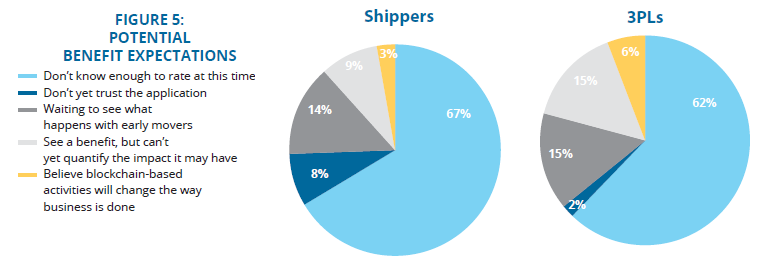Blockchain is perhaps the most forward-looking technology discussed in this paper. While blockchain has gained considerable traction in the last few years, most notably due to the rise in prominence of Bitcoin, the technology is still maturing as its applications across various industries outside of financial services are better understood.
The blockchain (protocol) is a distributed, shared digital ledger that records data such as transactions or events in a series of sequential blocks. Multiple copies of this ledger exist across multiple computers (or nodes), each updated and validated in real-time by network participants.
Users can access and view information on the blockchain at any time but are restricted from editing or deleting information. Every new block in the chain is linked back to all of the previous blocks, enabling a secure record of every touch-point and interaction that is directly attributable to individual contributors.
This makes it practically impossible to interfere with information in the blockchain as a permanent, immutable record of every transaction or event is stored in the ledger and visible to every other participant.
The Biggest Barrier to Blockchain? Understanding the Benefits…

Source: 22nd Annual Third-Party Logistics Study
Increasing Transparency
Blockchain ledgers can be used to record, track and verify transactions, enabling a complete end-to-end record of the movement of goods across the supply chain. All information and documentation relating to any transaction, such as purchase orders, dates, locations, manifests, bills of lading, certifications, etc, are tied to the ledger and available to each member.
This enables complete traceability of materials moving throughout the supply chain, helping to ensure standards of corporate governance and that regulatory requirements are met. In the USA for example, organisations are required to have and demonstrate the ability to track goods from source to the point of consumption. It also allows businesses to demonstrate the provenance and authenticity of goods or materials, in support of corporate social responsibility.
Improving Security & Reducing Risk
The increased transparency of the blockchain helps to reduce the risk of fraud from counterfeiting or grey market trading. It can also assist with physical security, helping to prevent the more recent trend of fictitious pickups.
By assisting businesses in understanding how materials and finished goods move through the supply chain, particularly being passed through various subcontractors, lost profit can be reduced and consumer confidence in the authenticity of the product can be assured.
Extending Collaboration
Blockchain provides a safe and secure way to share records among the myriad contributors in the supply chain. Because the decentralised system is updated and verified in real-time, it ensures that every party has access to the same up-to-date information. In turn, this enables companies to streamline processes with suppliers and vendors, speeding up transaction processing and exception resolution.
It is important to note the “network effect” of blockchain as well. Simply put, the greater the size of the collaborative network utilising a blockchain ledger, the greater the value of the solution. As blockchain technology is highly-scalable, it makes it easy to increase contributors to the ledger and subsequently increase the value for the entire supply chain network, not just individual components.
Enhancing Efficiency
Blockchain technology can also significantly reduce the administrative burden and associated costs on supply chain organisations. Because all parties are provided with the same tracked and verified information, communication or data transfer errors can be eliminated and manual validation is no longer required.
This also results in far more efficient and less disruptive audits, as processes involving manual checks for compliance or credits can be accelerated with easy access to attributable records detailing the full life-cycle of any goods or products.


